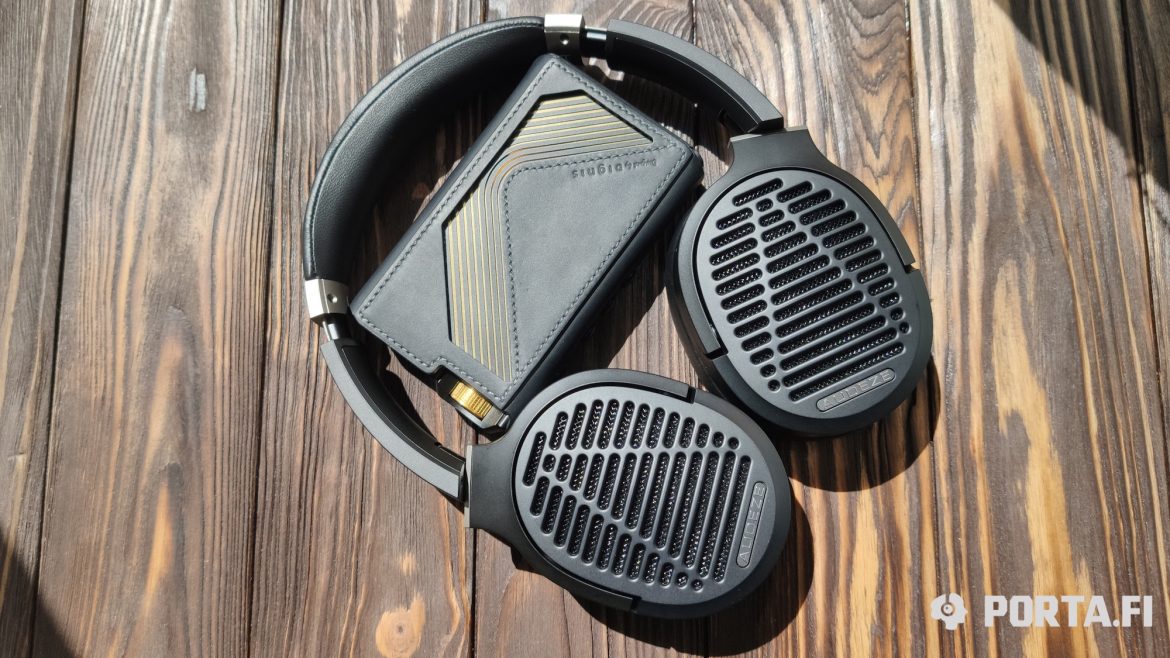Audeze is a company with vast history. And long and not simple history of relationship with me. I have never admired them too much and for a long time the most thing I liked has been the laptop sticker with brand logo. One time I have preferred a hit – Hifiman HE-4 to weightier LCD-2. After that I haven’t understood hype of Sine and iSine, however iLCD-3 has been much better in terms of form-factor. So let’s see what company has managed to do this time, especially given that the model I have on review now, has long been expected. Audeze LCD-1 are made to fill in the gap in starting, budget segment of the lineup that already has higher index numbers and higher prices.
Well, to call it a budget model, there has been no miracle and headphones haven’t become killers of killers. Budget here means in terms of company lineup. Actually the price where I live is around 450 USD. It’s not small tag by all means, but luckily they don’t cost as their senior brothers do.
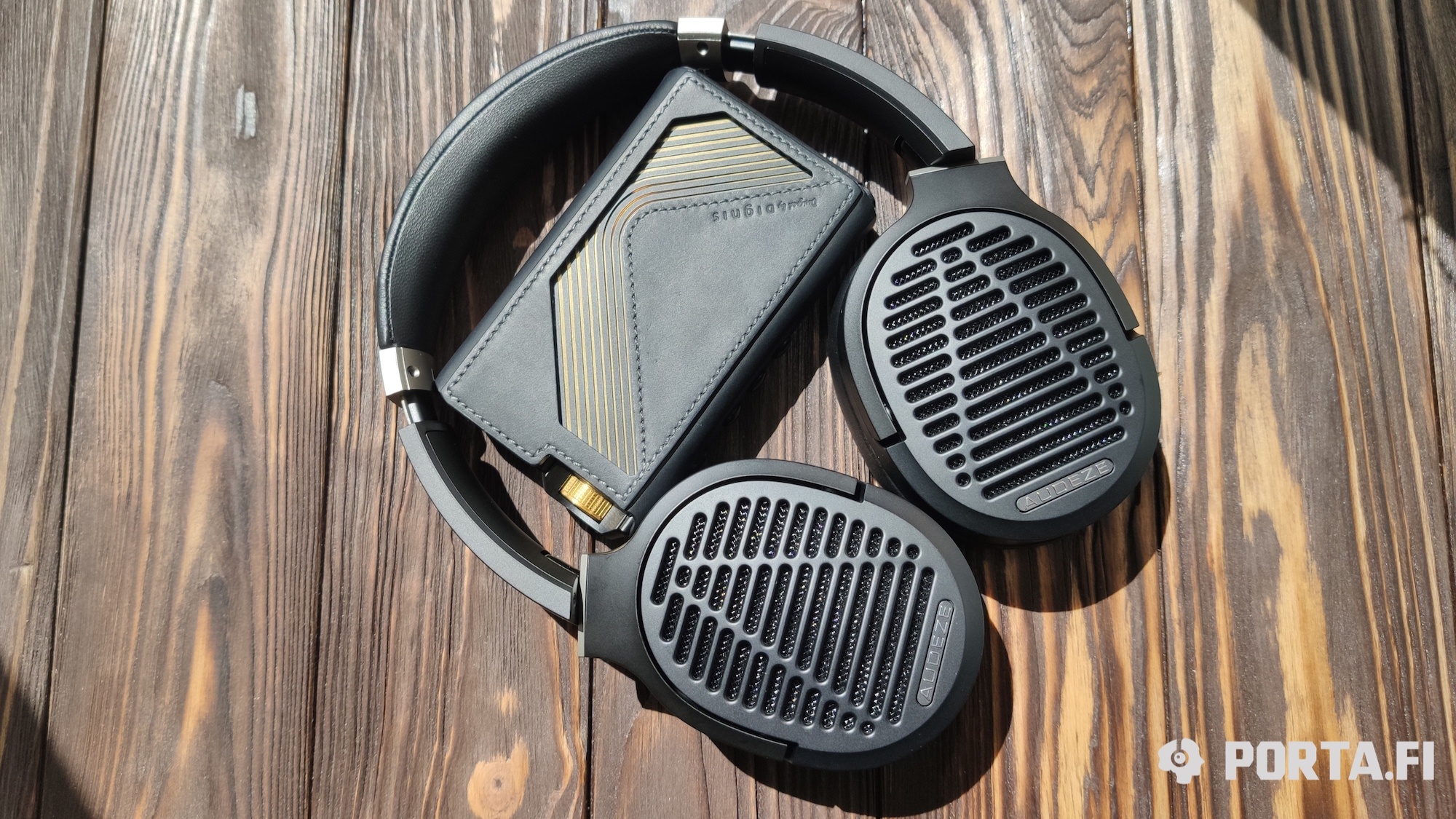
Accessories and packaging
Apart from headphones the user gets hard zipped case with netted ornament and company logo, as well as rather long cable coated in fabric. That’s all. Probably I’d like to also see a shorter cable, but who cares.
Design and comfort
Why I and many users haven’t liked senior LCD models is their weight. Their ear cups have been made of premium wood and metal, but weight has been a caveat, and this is the case where junior LCD-1 models shine. First of all, they are rather small. Secondly, they are much lighter. The weight is not really above normal. 250g is a good thing even for a walk (however another thing will prevent you to do this), as well as long listening sessions at home or in office. Of course the bodies are almost all plastic. You don’t get metal in every part as earlier, so probably one may think of LCD-1 as an ugly duckling. But again, you benefit from weight. Secondly, they are very well built. Of course you don’t get such luxury as for example as smooth turning of cups, but there is support to limit this turning.
As a result you still may have questions to build materials and this or that, but those are not at all critical things that may spoil usability. And usability is good here. Smooth but not glossy plastic doesn’t look cheap, does not attract fingerprints. Comfort is good. Weight is well spread. Ear cushions and band are moderately soft, the clamp force is reliable but not excessive, provides comfort during long listening sessions. Most elements are made of leather, apart from small fabric insertions inside cups. Probably this is needed to provide correct sound.
Main color is black and almost everything has it, apart from some silver colored elements. This makes them quite universal.
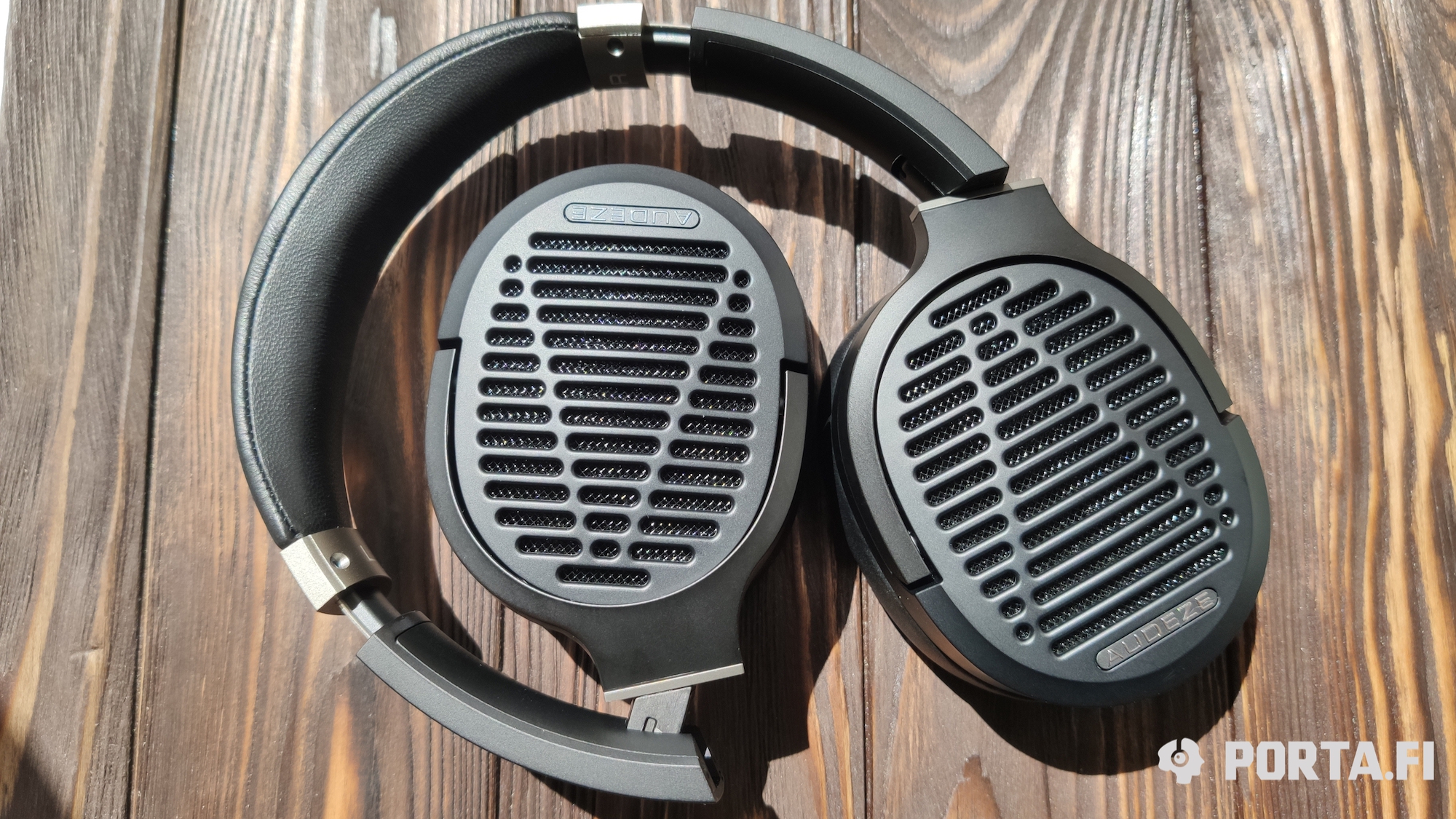
As for ear cups, they are open. Manufacturer talks about magnesium alloy, but due to how it feels and dying you really can’t tell it from plastic. There is a brand grill on the outer part that forms the A letter. For reliability purposes there is another smaller grill that prevents insides of the ear cups from pollution. There are magnets after all.
The headphones have open construction, as you can tell from the ear cups themselves, so there is no reason to listen to them during walk or commuting. They won’t be able to block outside noise. Their sound is not too leaking, however, but sound isolation is close to zero, and you have to take it ino account. For example, I can easily here myself typing while listening to music in them. This means that their main use case is calm and noiseless atmosphere. Due to compact size you can easily take them to business trips, to work, offices etc. If you plan to listen to music only at home, probably you should look at senior models.
Again both size and construction hint portable use. The headphones are not lager than Denon MM400 or Oppo PM3 and have the same build type. But here we get open build and absence of portable cable. On the lower part of ear cups ehre is a company name, as well as logo on the left and on the right side of headband. Inside there are marks for left and right channels. Visually it is clearly seen even without them, since the ear cups are directed forward. On the bottom there are jacks for cable connection. Audeze have utilized wide spread 3.5mm standard. Each cup has its own connector.
The headband is of usual oval shape and this means that from the outside the headphones do not look as a space receiver. The headphones are foldable. First of all, you can turn ear cups to one dimension with headband. This may be convenient if you are used to wearing headphones on the neck. However in this case ear cups are turned cushions up. This adds to comfort and usability, but deprives Audeze from additional publicity — you can’t see company logo on ear cup this way.
The cups are also foldable inside the head band. This makes headphones more compact and it is this way they fit the stock hard case. Easy to transport. Comfort again.
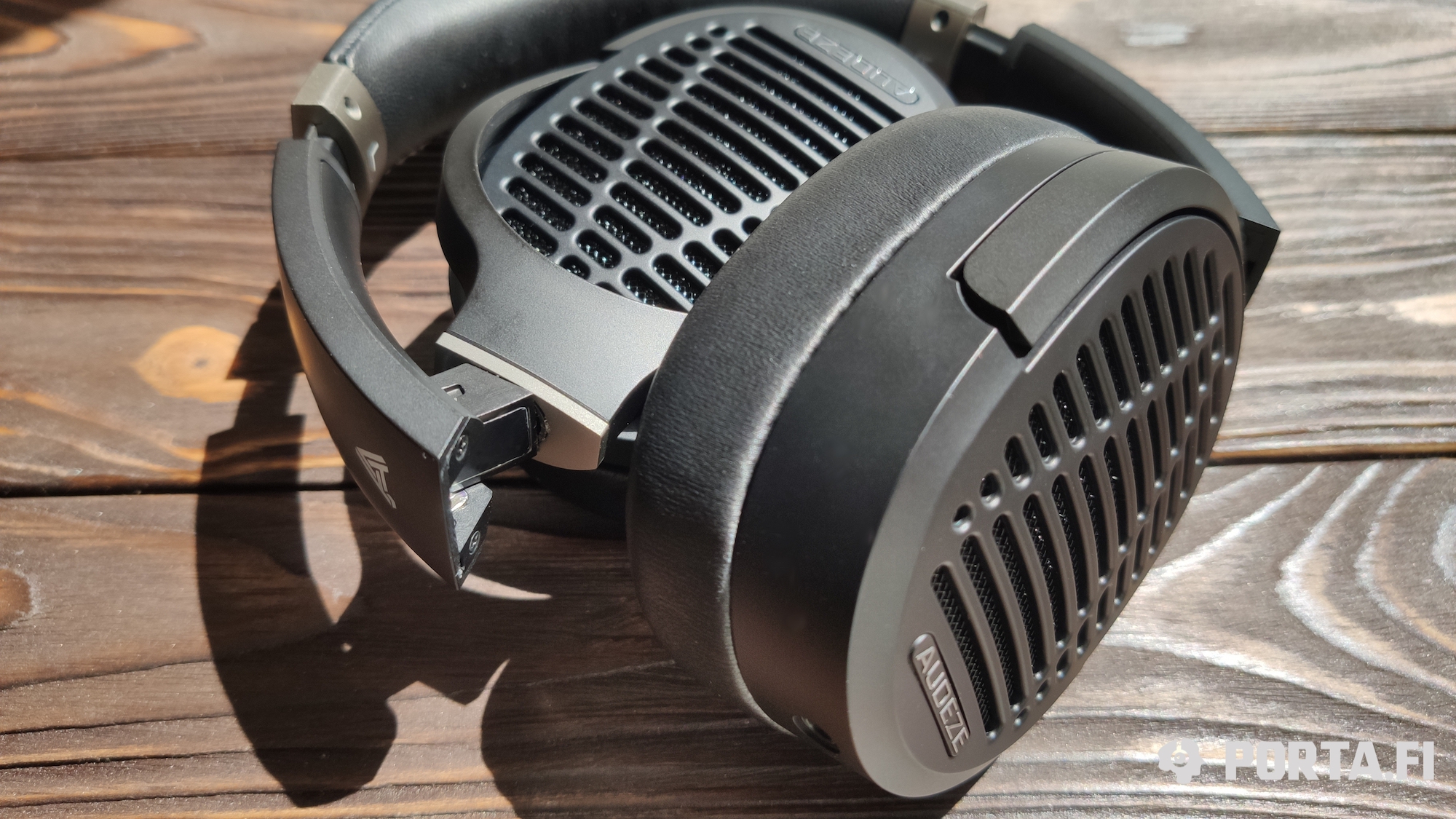
Insides
As any other Audeze model those are planar. This is the main principle that is used by company everywhere. Transducer is 90mm size. I think this is transducer length since it is oval. Impedance is 16 Ohm, while sensitivity comprises 99 dB. Apart from that — brand technology. Fazor, Fluxor magnetic system, Uniforce membrane — everything as usual. Those technologies are very well known and I won’t explain them in details. As you can see from specs, the model can be used with portable solutions. And really I haven’t had trouble in driving them from LPGT (but I doubt someone will really want to use it this way) and renewed Centrance M8v2 as DAC-AMP (yes, it’s really powerful). I have also liked the result of pairing with Resonessence Labs Concero HP. I think that due to transportable nature of headphones the last two variants are very logical.
Sound
Closer to the sound.
The headphones offer whole and balanced sound. It is thick enough and have good weight. But of course all the details and nuances of composition are there. LCD-1 are neither dry, nor too thick, the balance is good. Frequency response is very close to Harman in terms of naturalness, without any harsh peaks or problems. Together with good emotions this makes them sound distinctive, but honest and comfortable. This kind of tuning is rather popular nowadays and this is both good and bad. It is good because allows to mask technical problems, such as lack of details and naturalness. Bad because there is nothing extremely notable to sound. Headphones play, that’s all. Not dull, but not emotional, not whole and not technical. They seem like a musician who tries to be loved by everyone and changing his sound for versatility. This is the case for LCD-1. But still it is not too bad, since their technical ability is good. I would say, it’s not their fault, it’s their peculiarity.
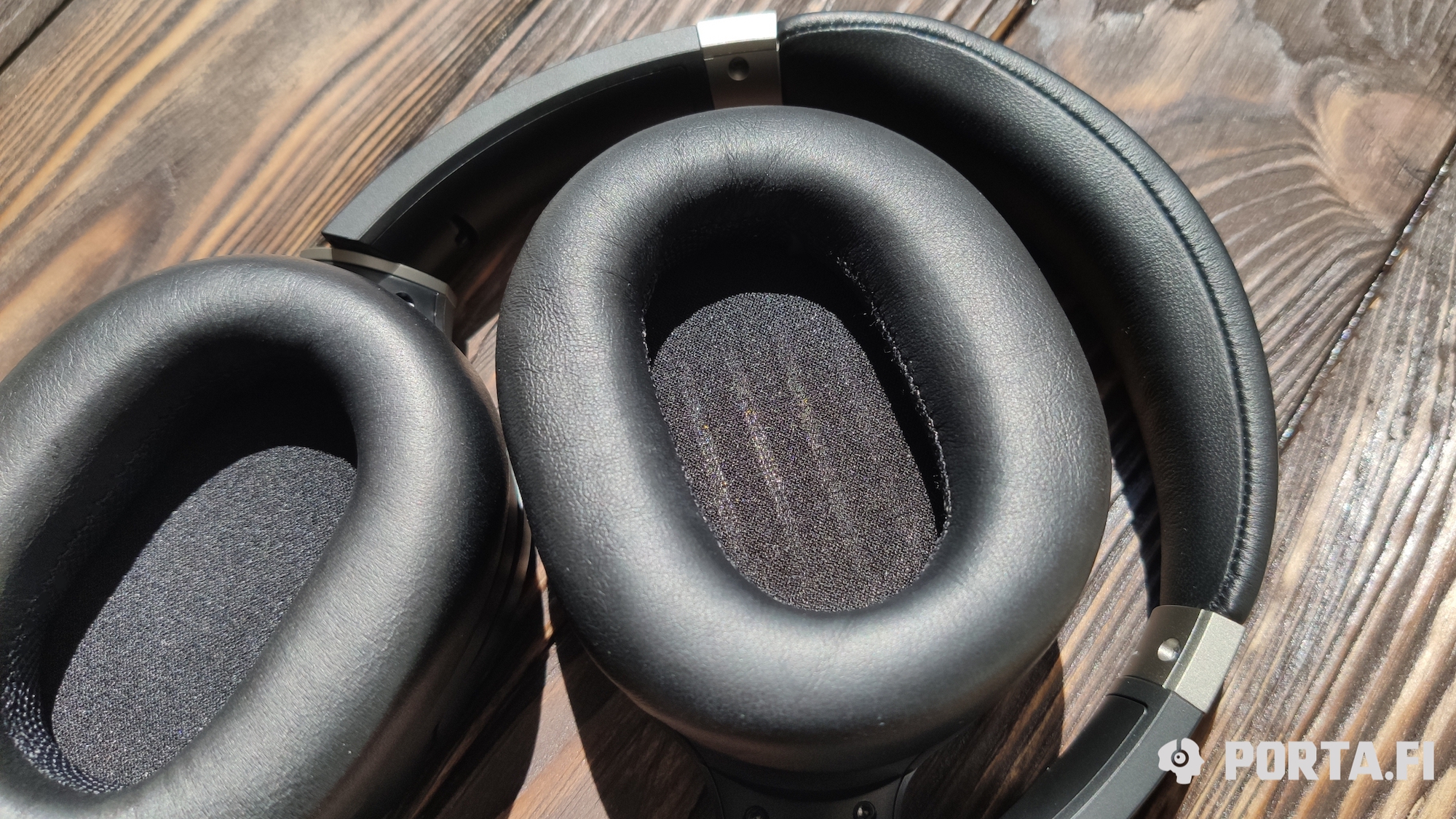
Apart from that the good point is that LDC-1 are not very critical to both recording and source. Of course they require a good one with enough power for full control, but most good players may cope with them well. As for recordings, everything is as usual. There is no sense in listening to bad recorded music on good headphones. LCD-1 however are still very tolerant, showing what has been intended to be shown and not accentuating faults whatever they are.
Lows
Lows have enough length. They do not do into deepest subbass, but there are no problems with depth. Everything is well controlled, but it’s not a bass shaped in stone. It is however weighty and rather natural. Headphones are well balanced, so the control is not overly abundant and can be seen in technical ability and correct shape. Bass is always where it should be and will play the speediest music. A good balance of thickness and level of details. LCD-1 cope with different parties and there are no questions to that. Lows have enough level of details, weight and technical ability.
Mids
Mids proceed with where the lows left. It’s more of a whole and monolyth than detailed and analytical sound. But it’s not that the balance is incorrect, it’s just tending to sound whole. Mids have slight warmth and this, together with thickness, allows to produce great emotions and draw attention to whole composition and not on its nuances. But nuances are there. You can’t say they lack details or slowness. Everything is good here, they do not sound to general.
They transmit certain instruments or vocal well. Slight drive and thickness result in better emotions. They preserve their wholeness but of course you can hear all peculiarities though it’s clearly not the main point of this model. The overall tuning is more meant to relaxed listening to beloved music, than to serve audiophile needs to exactly locate the second guitar or violin player.
Highs
Highs also create comfortable and whole sound. They are there and have good quality. They are slightly smoothed to make long listening sessions comfortable, but you can’t call them dark. The quality is good and they are not lacking. Smoothing can be perceived as their character. They are whole and have good control. This means that music provides more emotions without being overly emphasized, and it is the case when you don’t want to stop listening.
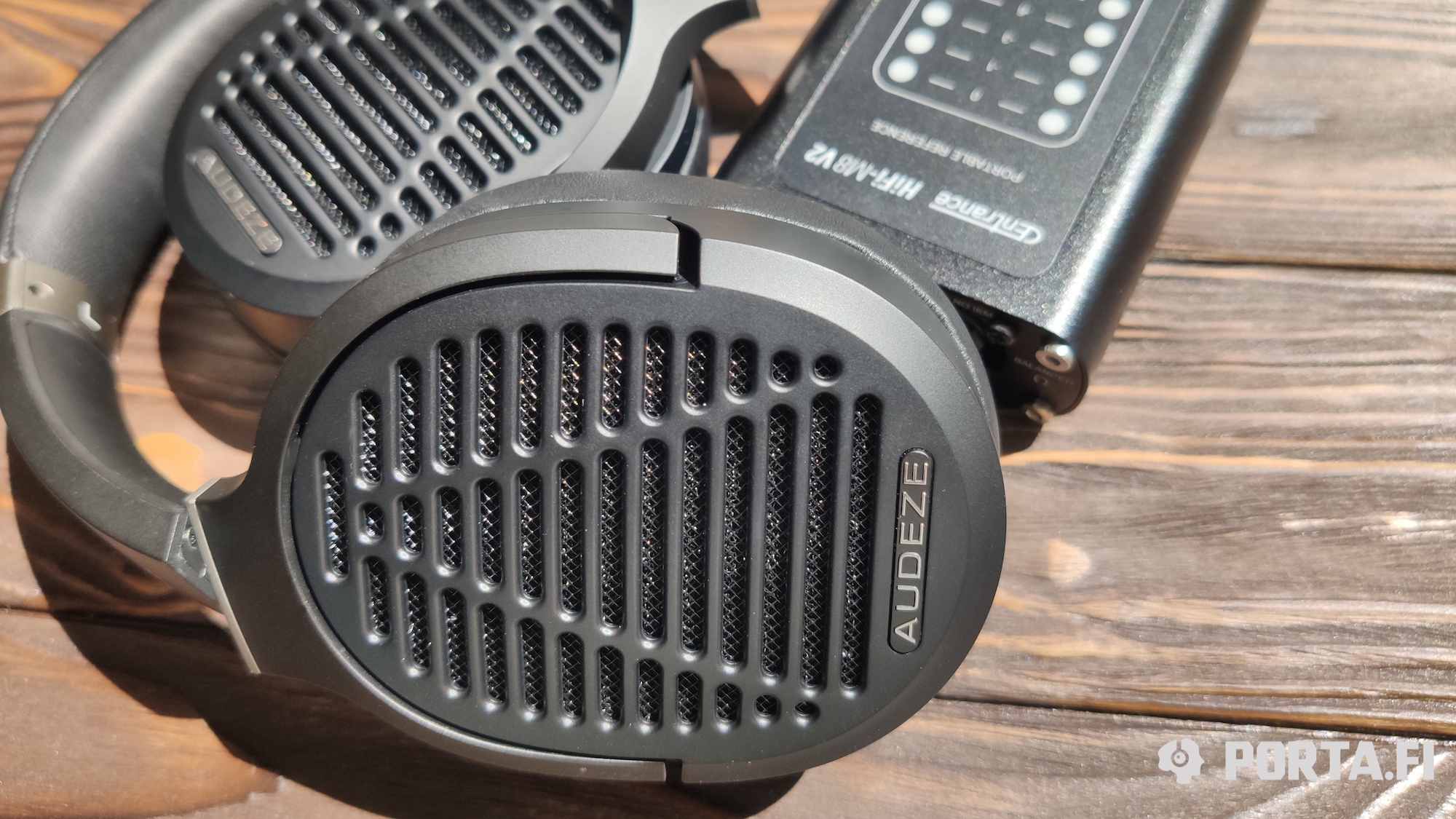
Soundstage
Despite being open, the soundstage is average by figures. Not outstanding, but showing very solid results no only in terms of width but also in terms of depth. Those two dimensions are very well balanced here, so you don’t have overemphasized soundstage, it sounds even a little bit intimate, but scales it instantly when required, and this is really good.
On the other hand the layering is good. LCD-1 slightly accentuate the front layer, but it sounds good. Other layers are not lost, it’s just the soundstage begins from the soloist. It’s not totally honest, but every time sounds good.
Conclusions
LCD-1 are not ideal by any means. As all other offerings they have their own downsides. One is the absence of a shorter cable. Apart from that the comfort is very good. They are intended for long and comfortable listening sessions. Starting from sound and ending with concept, the engineers have been able to create headphones that are whole but still precise, that have no abundant accents but good emotions. Not too general, but still not very critical to the recording quality or source. That’s what you need for a junior model.
Translated by: Vadim Kolchev

